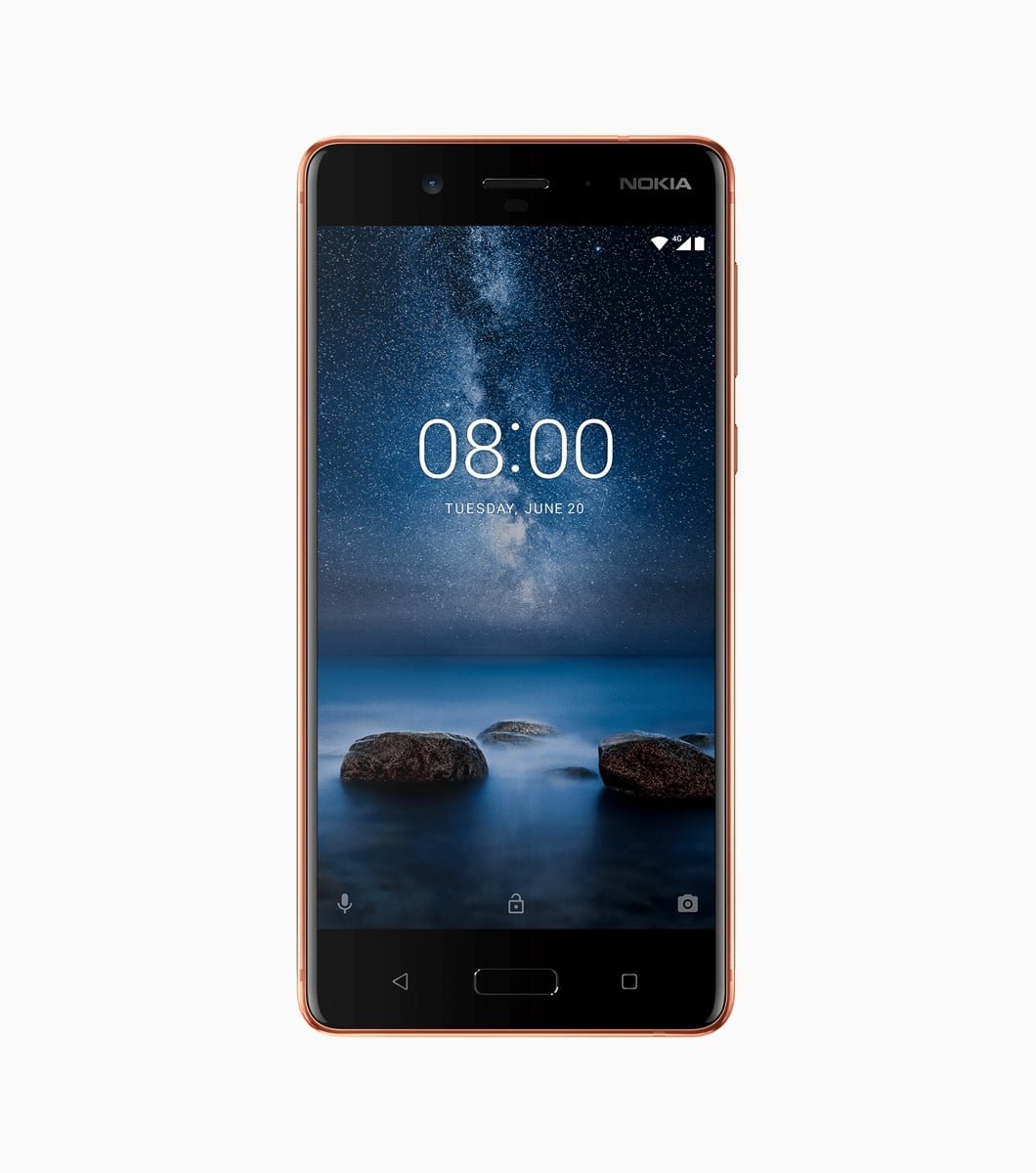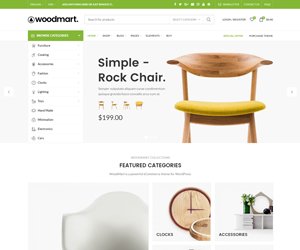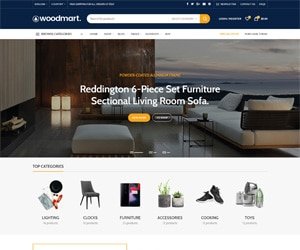Understanding the Only-Store Concept
The only-store concept represents a significant departure from traditional retail models, focusing on exclusivity and limited product offerings. At the core of this model lies the idea of offering a unique shopping experience that distance itself from conventional stores characterized by abundant inventory. By curating specific collections, only-stores craft a distinctive ambiance, encouraging customer engagement through well-defined themes and aesthetics. This strategic focus on exclusivity not only captivates consumers but also fosters a sense of belonging, aligning with contemporary trends in consumer behavior.
Driving the popularity of only-stores is a profound understanding of consumer psychology. As shoppers increasingly seek authentic and personalized experiences, retailers leveraging the only-store format tap into this demand by providing tailored offerings that resonate with their target demographics. The emotional connection derived from limited-edition products or unique shopping environments creates a perception of scarcity, fueling consumer desire and enhancing the overall allure of the only-store experience.
Furthermore, effective marketing strategies play a pivotal role in promoting the only-store concept. Through collaborations with designers, influencers, or local artisans, only-stores can foster a sense of community while simultaneously elevating their brand’s profile. These marketing initiatives not only enhance visibility but also create buzz around exclusive launches or events that encourage foot traffic and generate lasting interest.
Examples of successful only-stores illustrate the potential for brand loyalty and community engagement. Retailers like Aesop and Everlane exemplify how a carefully curated product range and a commitment to ethical practices contribute to a vibrant brand identity. By prioritizing customer experience and fostering social connections, these brands effectively demonstrate the power of the only-store concept in establishing a dedicated customer base, ultimately redefining the retail landscape.
Challenges and Opportunities for Only-Stores
The only-store model presents a unique blend of challenges and opportunities for retailers. One of the primary challenges is inventory management. As these stores often focus on a limited selection of products, keeping track of stock levels becomes crucial. Over- or under-stocking can lead to significant financial losses or missed sales opportunities. Retailers must adopt sophisticated inventory management systems to ensure optimal stock levels that align with consumer demand.
Another challenge lies in supply chain logistics. Exclusivity often demands products that are not widely available, which can complicate sourcing. Retailers may face difficulties in establishing reliable relationships with suppliers who are willing to provide unique products. Moreover, maintaining a consistent supply of these exclusive offerings is essential to uphold the store’s brand identity and meet customer expectations.
Customer acquisition is another substantial hurdle, especially in a competitive retail landscape where customers have numerous alternatives. Only-stores must employ targeted marketing strategies that resonate with their niche audience. Developing a loyal customer base is imperative, as repeat business is fundamental for long-term success.
Despite these challenges, the only-store model offers distinct advantages. Targeting niche markets allows retailers to cater to specific customer segments that larger competitors might overlook. By developing exclusive brand partnerships, only-stores can differentiate themselves, creating a unique shopping experience that fosters brand loyalty.
Furthermore, the potential for higher profit margins is another enticing aspect of operating as an only-store. With limited product offerings, retailers can often charge premium prices that reflect the exclusivity of their products. Real-world case studies illustrate how successful retailers navigate these challenges by leveraging their unique position in the market, ultimately achieving sustainable growth in a dynamic retail environment.

























